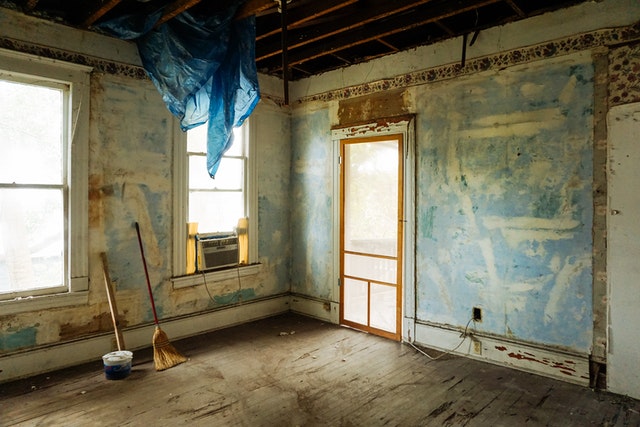A business that needs to break down and strip away a location prior to a renovation is where a commercial defit project comes into play.
These tasks are far from subtle and once the program has been put into motion, it is too late to back out.
The challenge for owners and managers in this setting is being able to pinpoint which developers are right for a commercial defit project and how enterprises can oversee each phase in a calculated fashion.
Finding the Right Operator for the Niche Task
A commercial defit project might feel like a one-size-fits-all scenario, but there are unique programs in place to cater to certain services. Some participants are coming to the end of their lease and require a bulldoze while others are looking for an interior alteration with a more surgical procedure. From shops to restaurants, office settings to a business strip out and a demolition, constituents will need to assess where they fit in this dynamic and which contractor is best for the task given their profile.
Receiving Authorisation via Council or Other Bodies
Businesses that are looking for a strip out or demolition job cannot simply put those proceedings into action autonomously. They need to receive the backing from the council and/or a landlord in these circumstances. That might require some red tape with application documents and key discussions with stakeholders, yet it might be a process that they are wanting to put into action. Whatever the scenario, this clearance is mandatory.
Licence & Insurance Credentials

Ideally the commercial defit project will be a success and work without any issues whatsoever. With this being said, there is a need to cover for any potential problems. To ensure peace of mind and to protect the interests of the client in this environment, it pays to check the operator’s licence status and if they are an insured party. The last thing that businesses want to deal with is a role of this profile that leaves the enterprise liable for all damage.
Taking Quotes & Assessing Operational Budget
Being able to budget for a commercial defit project is fundamental to a business. What prices are in play and what billing policies are required in these circumstances? The only way that brands can receive answers to these questions will be through a quoting process. Engage these professionals early, allow them to navigate the terrain and provide a document that outlines what these provisions will cost them.
Establishing Program Timeframe
Timing is everything when it comes to the engagement of a commercial defit project. Once participants have been given the greenlight from council and/or landlords to survey the credentials of the operators and agree on a price, then the next step is to set out the timeframe. Specific areas will need to be cleaned out and neighbouring locations notified before the resources are introduced and the stripping or demolition begins. It is paramount that all parties are on the same page with the scheduling of these jobs given the severity of the work.
Reflecting on Community Feedback
The specialists who run a commercial defit project will each be vying for attention from business outlets. They will have a track record with the use of their resources and staff, ensuring that they complete jobs on time and on budget. Yet it will be the reception of those participants who have hired them before who will be of most interest to owners and managers. From the 5-star ratings that are generated online courtesy of apps, search engines and social media channels to professional referrals that are passed on from industry peers, there will be avenues that clients can use to gauge their proficiency and reliability.
